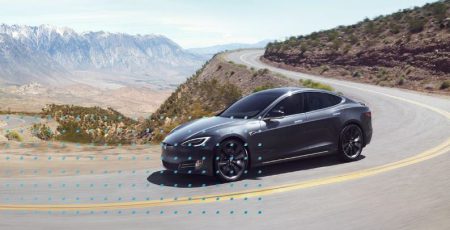As part of its progress towards becoming a fully-fledged OEM, Tesla is now quickly adding considerable scale towards its used car business cash flow.

As part of its progress towards becoming a fully-fledged OEM, Tesla is now quickly adding considerable scale towards its used car business cash flow.
Its nascent used car operation in the first six months of this year has already well surpassed sales from 2016 – and if the pace continues would result in a tripling of the size of the business in just a year. Total 2016 sales reached $117.4m (€99.8m), and sales recorded so far this year have topped $154.1 million (€131.0m).
Tesla says the sales jump is down to more used Tesla vehicles being in circulation, as well as due to the support of various Tesla trade-in programmes. It is now itself also listing its stock of used cars online on Cars.com following owners having listed their own vehicles on the website for some time.
In the second quarter of 2017, Tesla’s total business – including Tesla cars on the way to the consumer, vehicles in Tesla showrooms, used Tesla vehicles and energy storage products – reached $1.47 billion (€1.25 billion). After a falling out over how to treat existing clients, Tesla CEO Elon Musk ousted executive Klaus Grohmann in March, meaning Grohmann’s Prüm, Germany-based firm Tesla Grohmann Automation, which gave Tesla fundamental engineering expertise, will be playing an increasingly small role going forwards, with more development being done in-house.
As part of its Q2 filing, Tesla said:
‘In future periods, we do not anticipate meaningful revenue from sales of powertrain or other vehicle systems and components to third parties.
‘However, we anticipate that revenue from sales of pre-owned vehicles will continue to increase as the volume of pre-owned vehicle sales increases and that revenue from services by Grohmann will decrease as we primarily consume internally its services.’
Read more: Autovista Group


